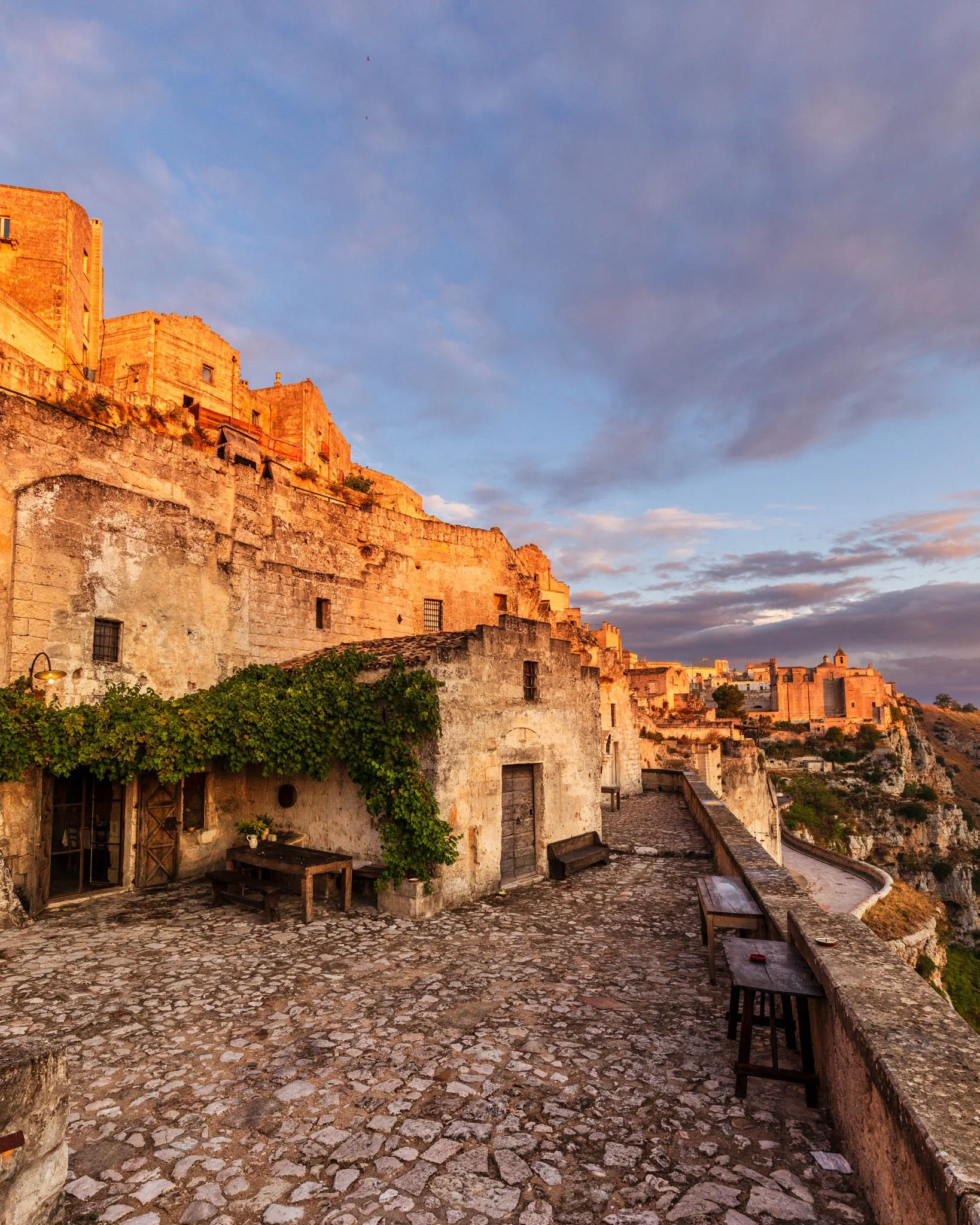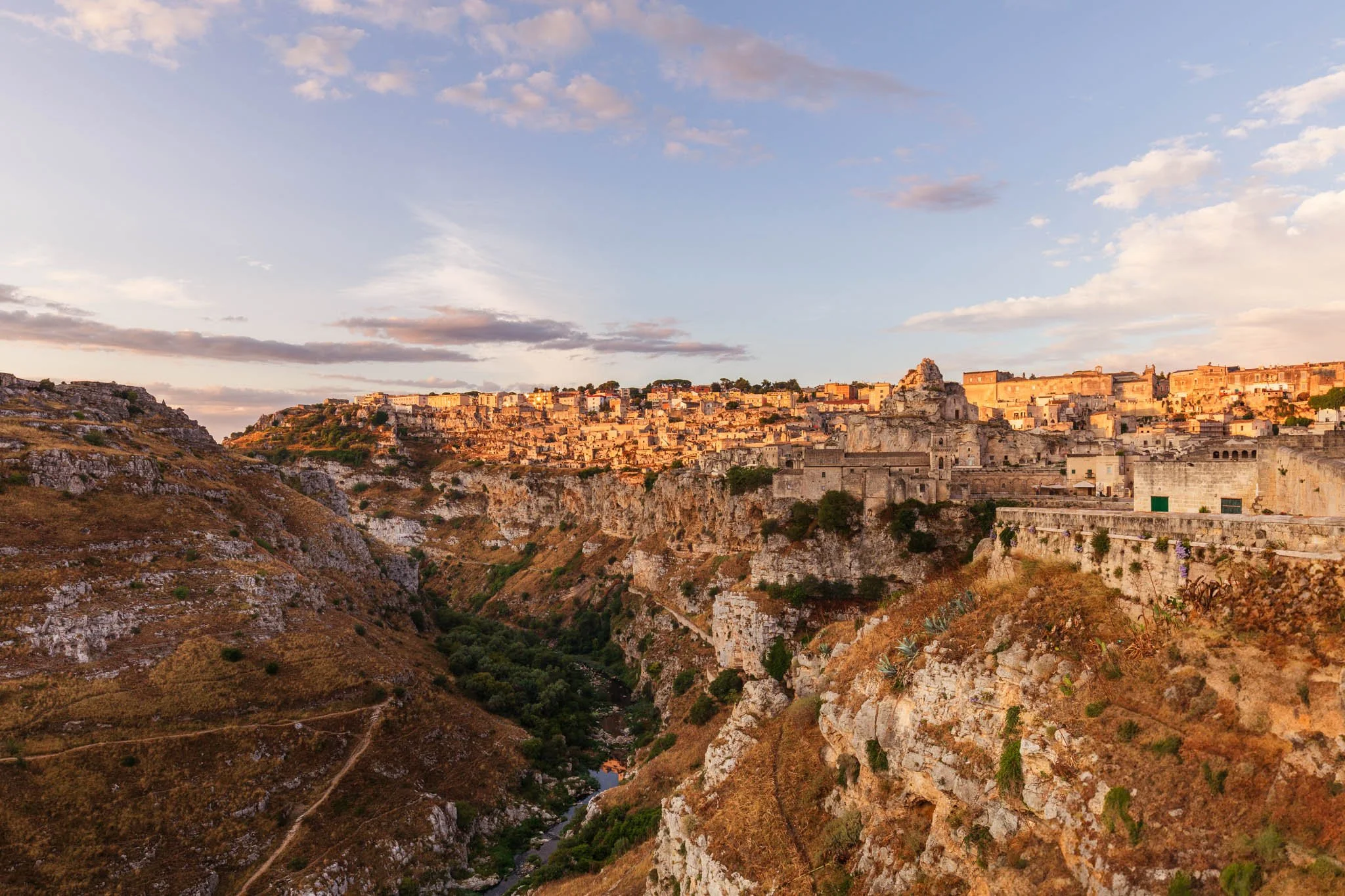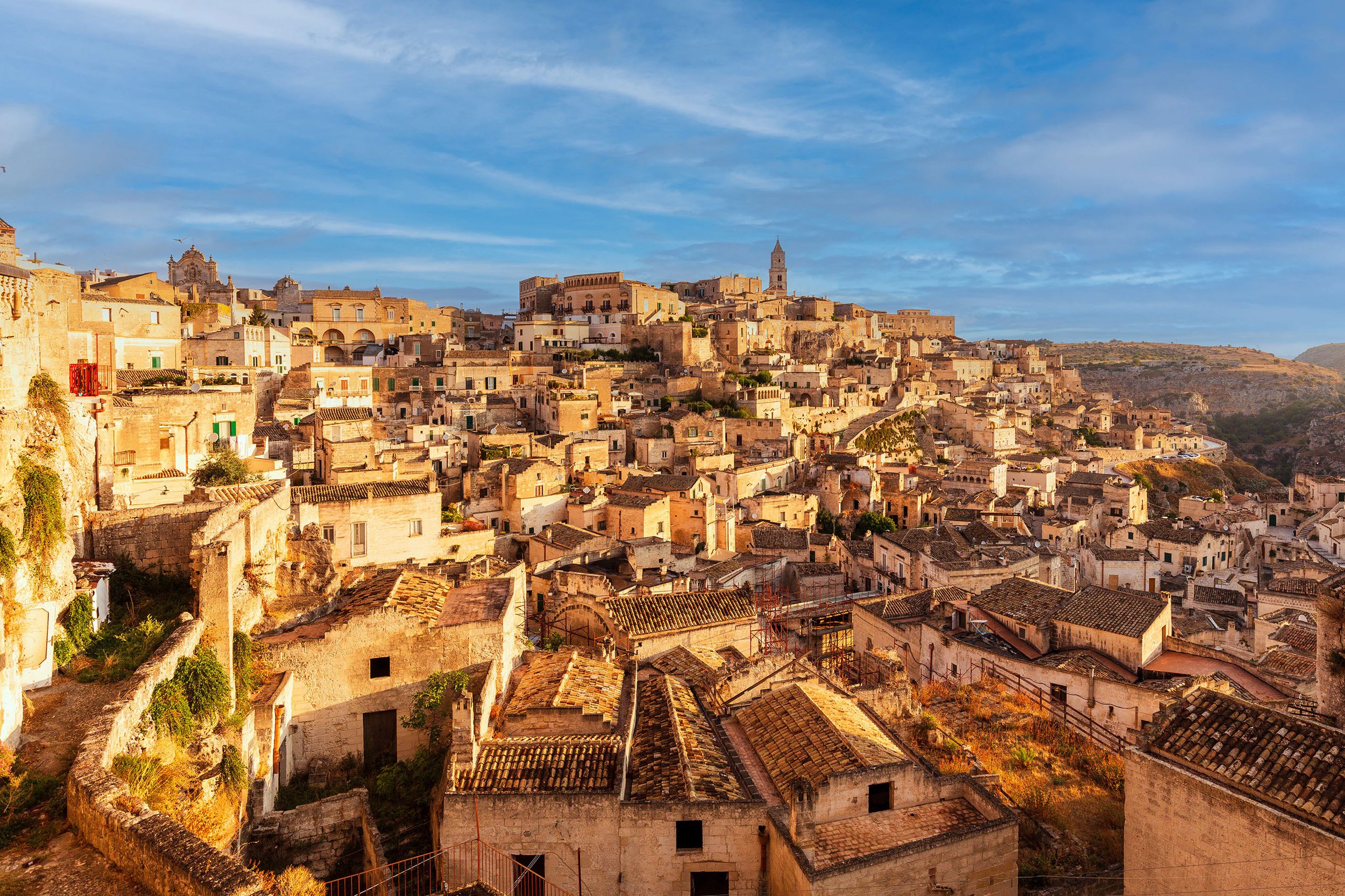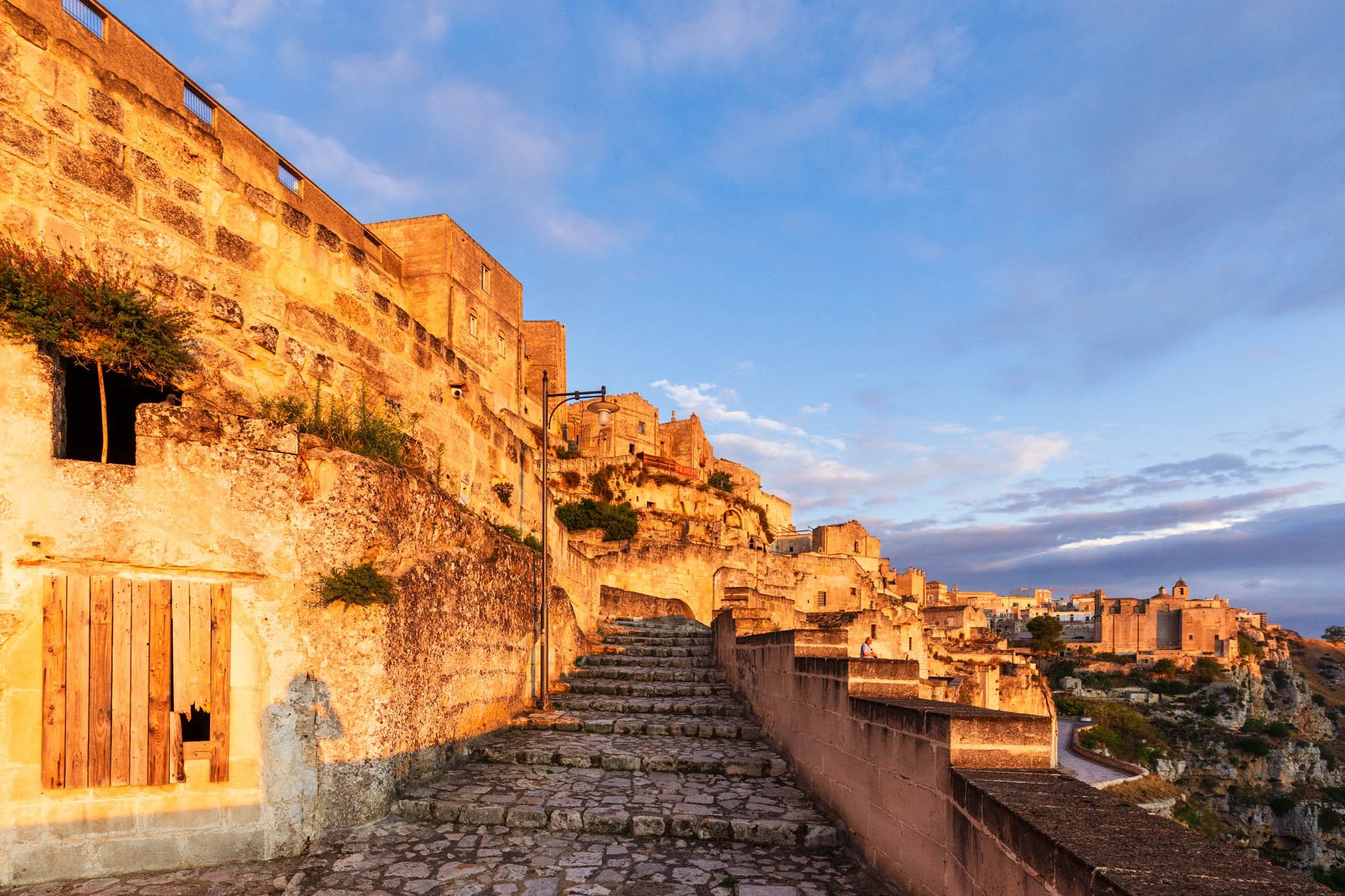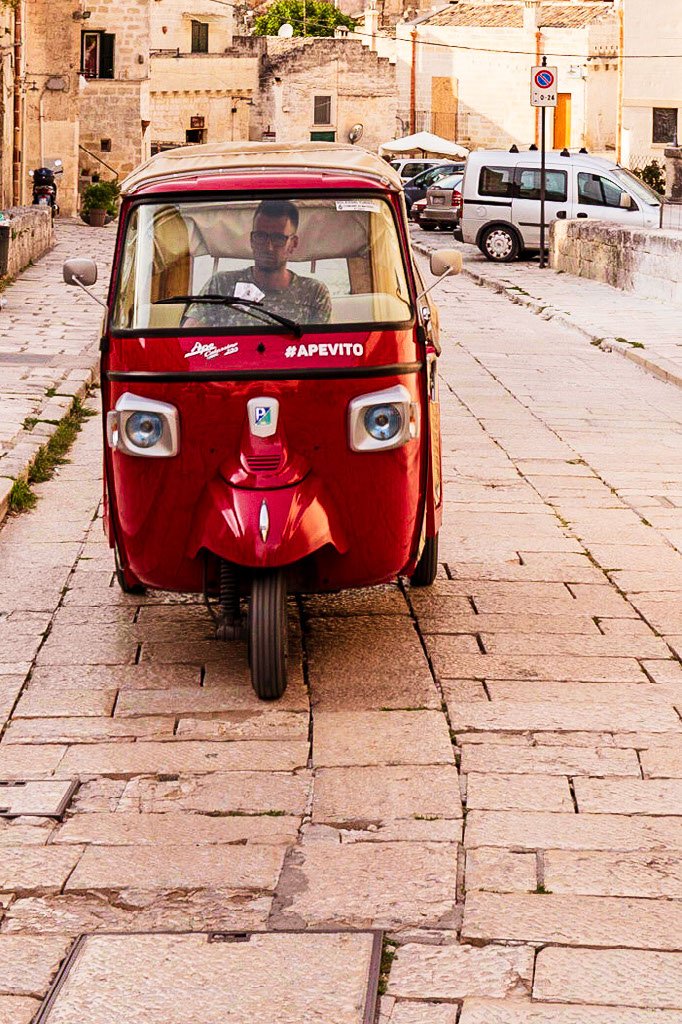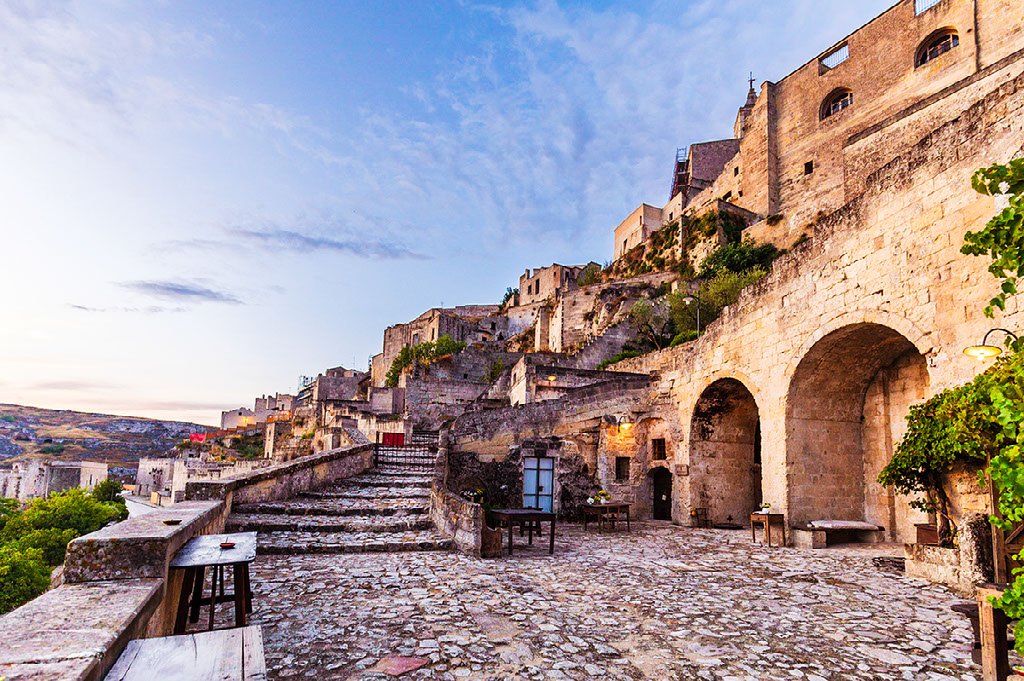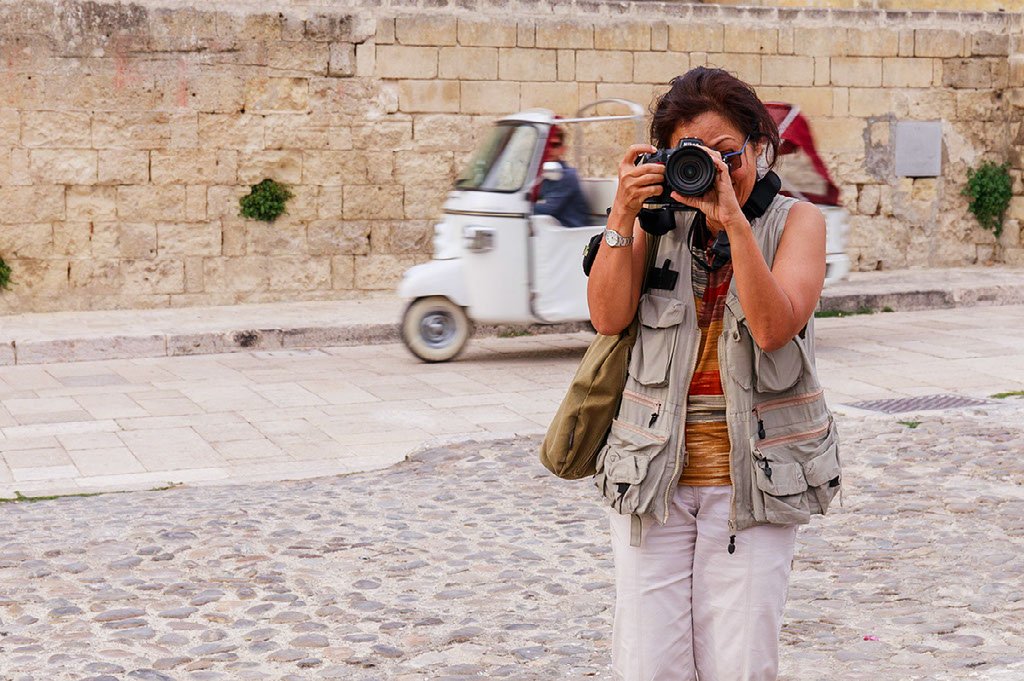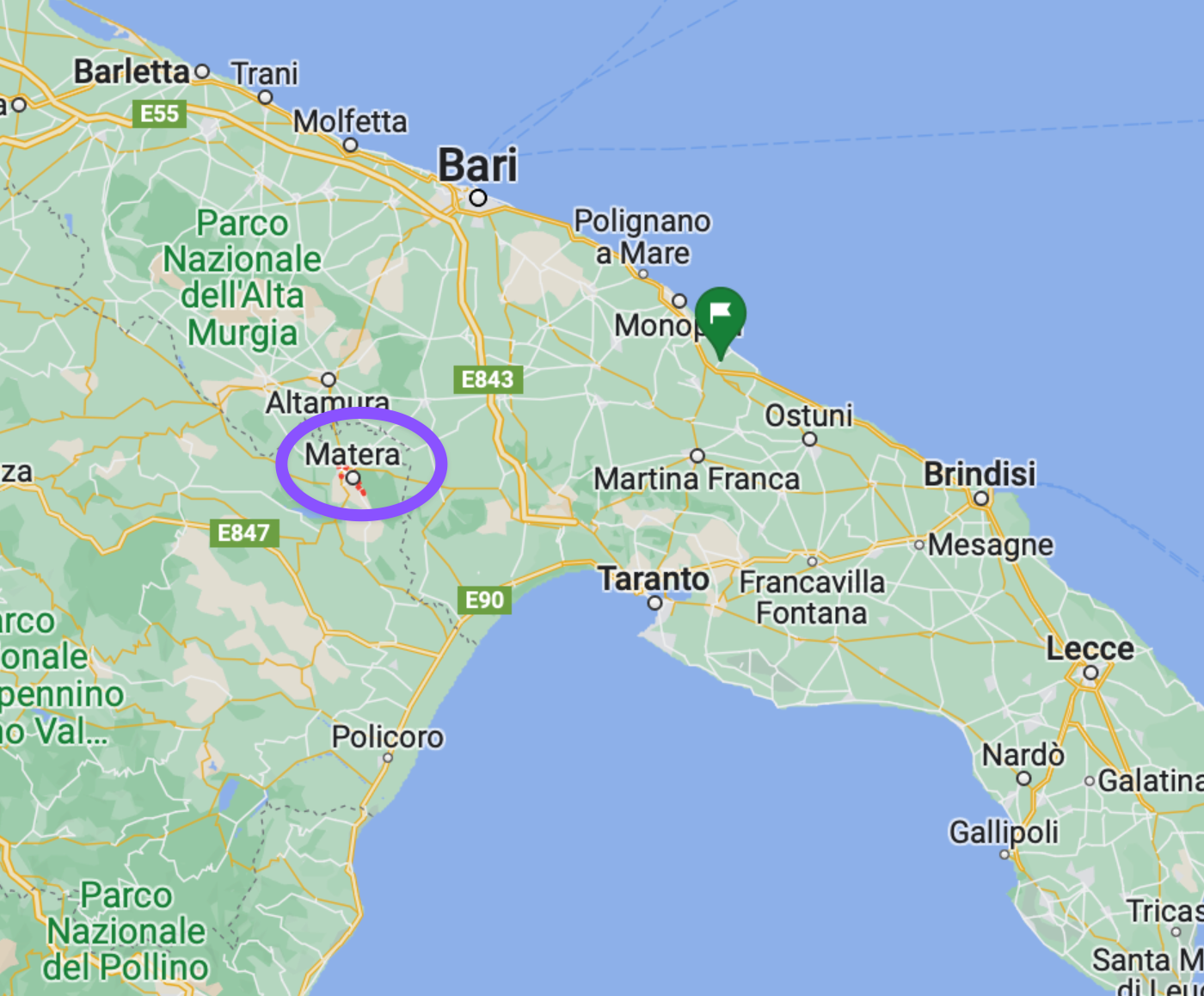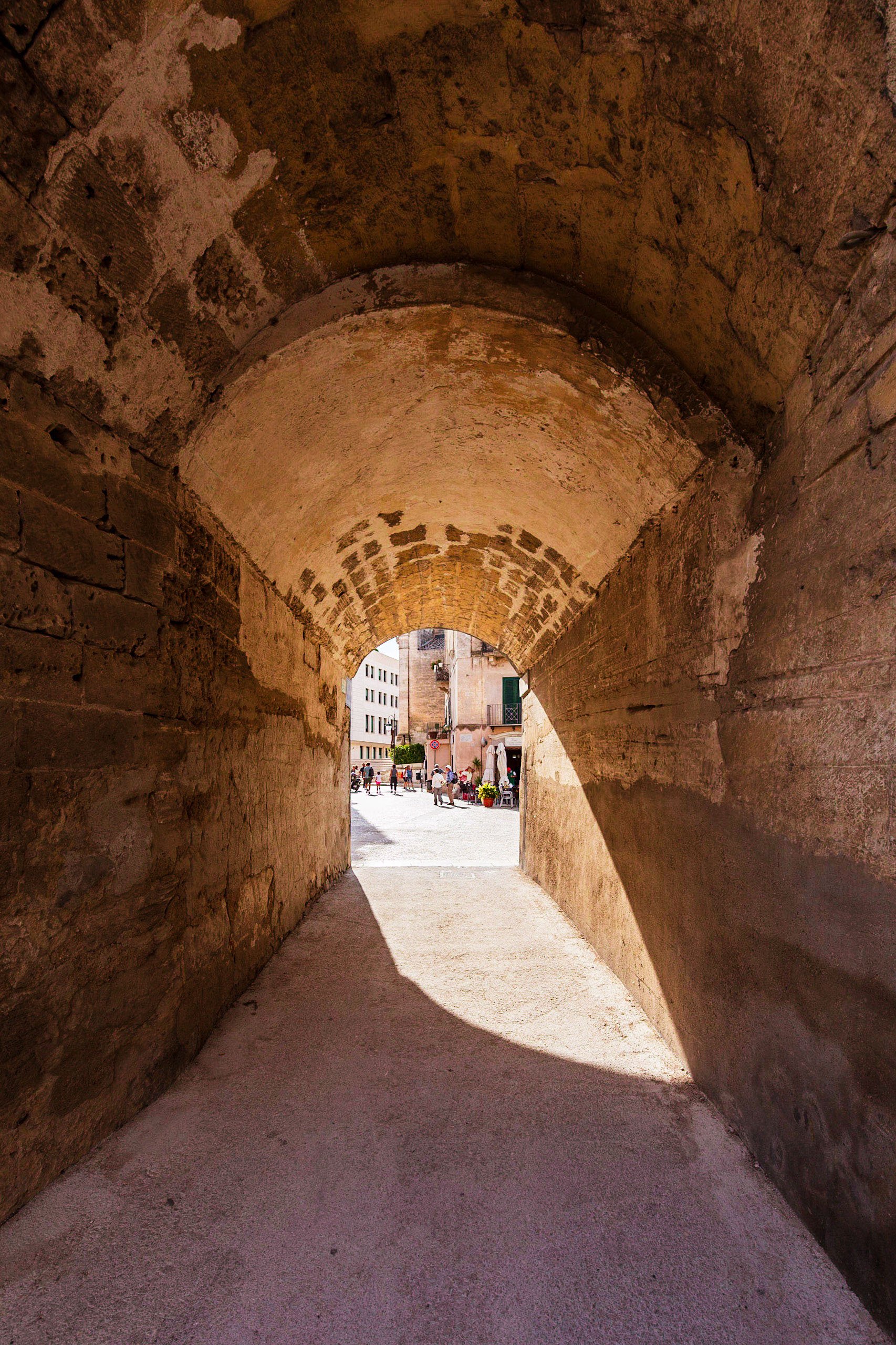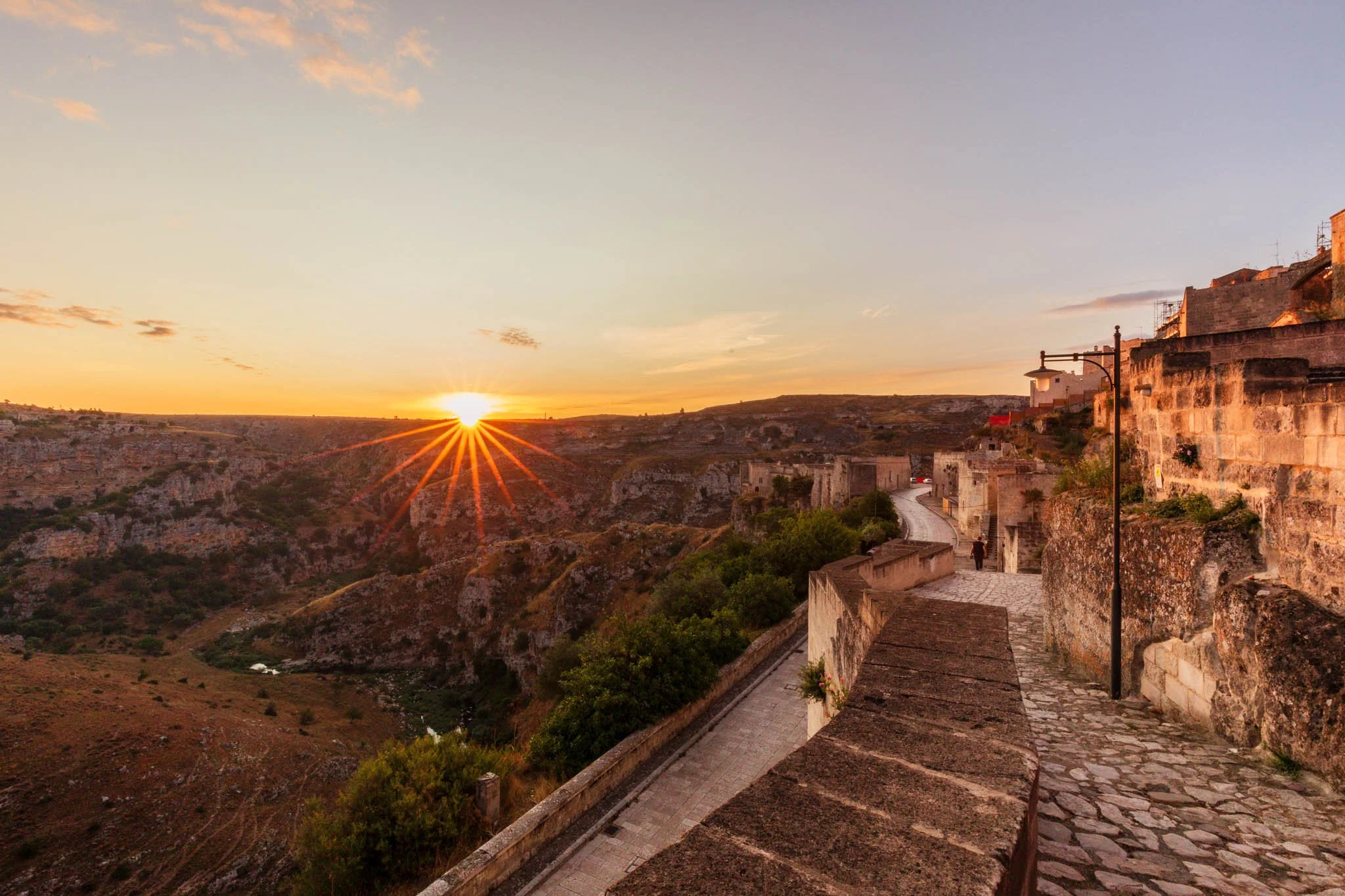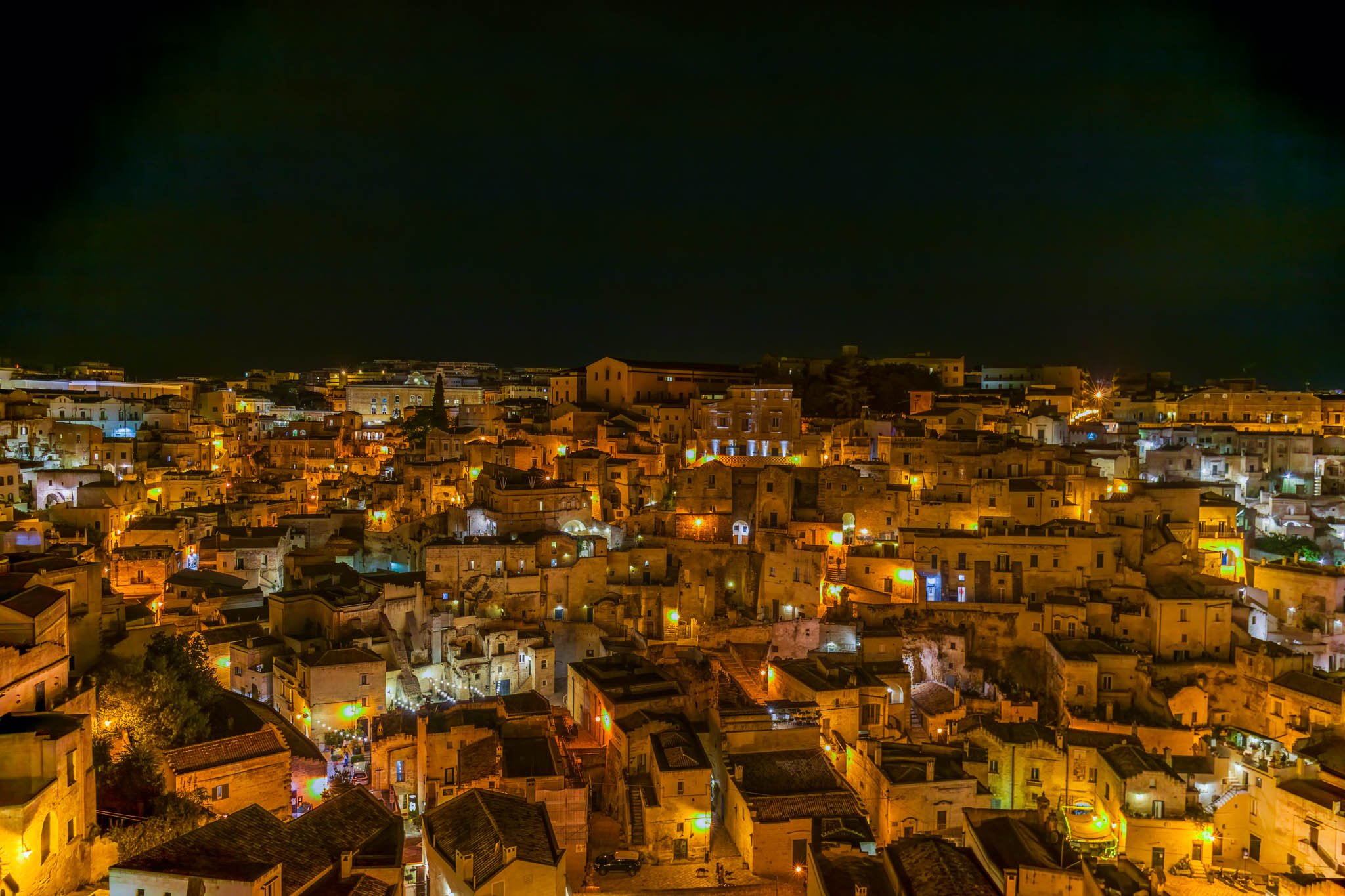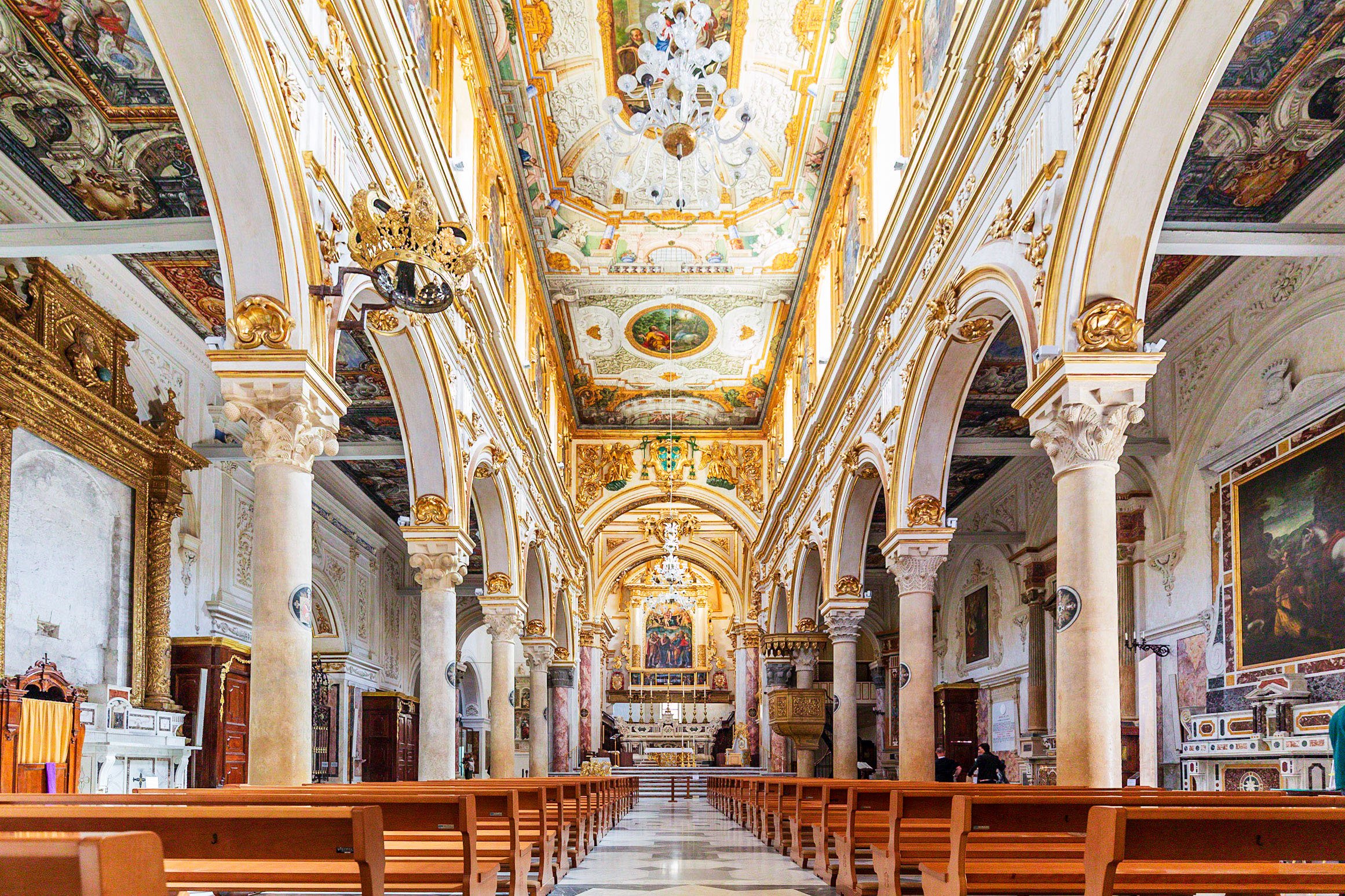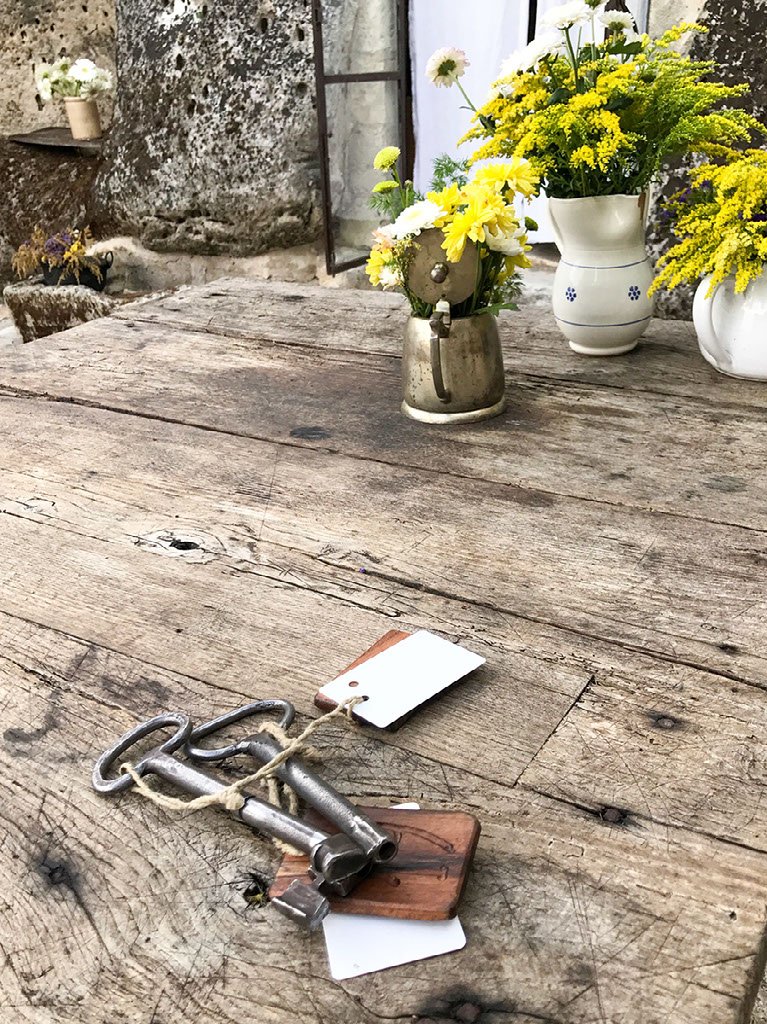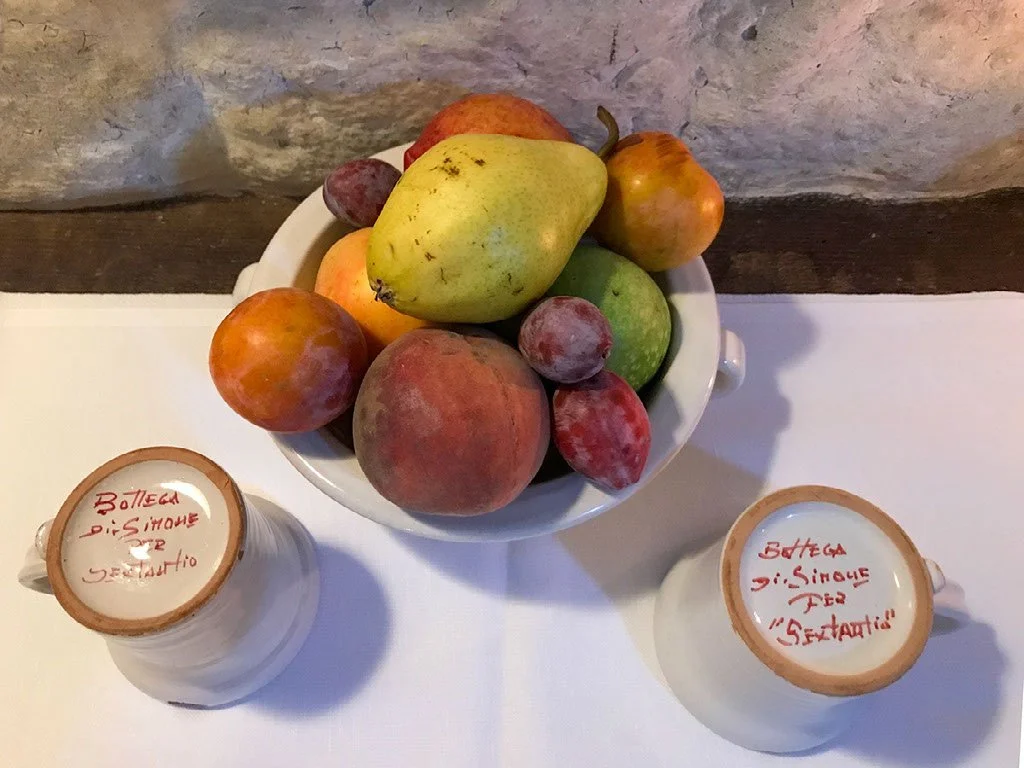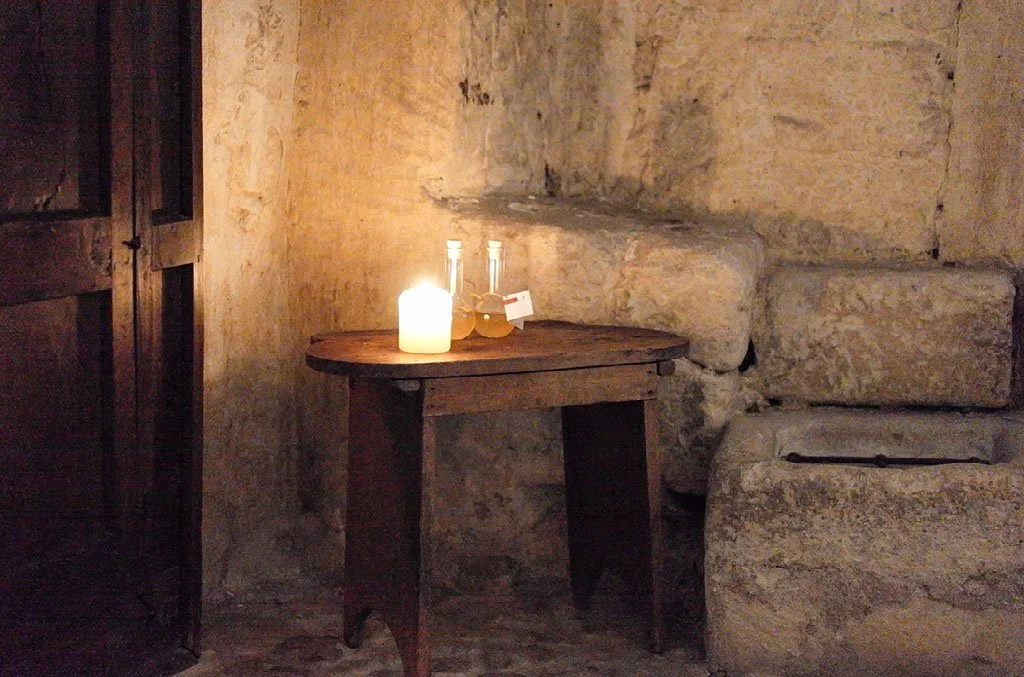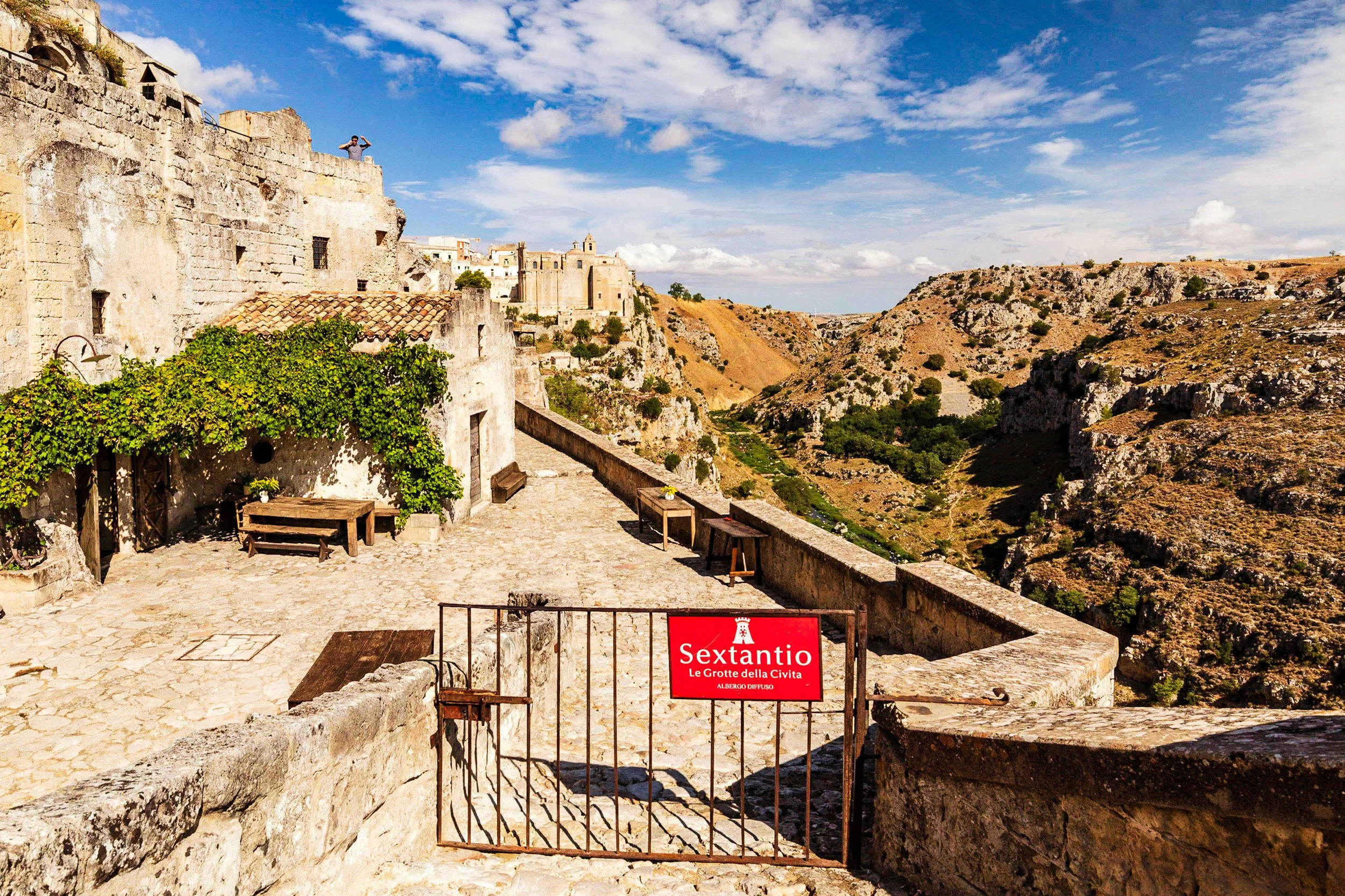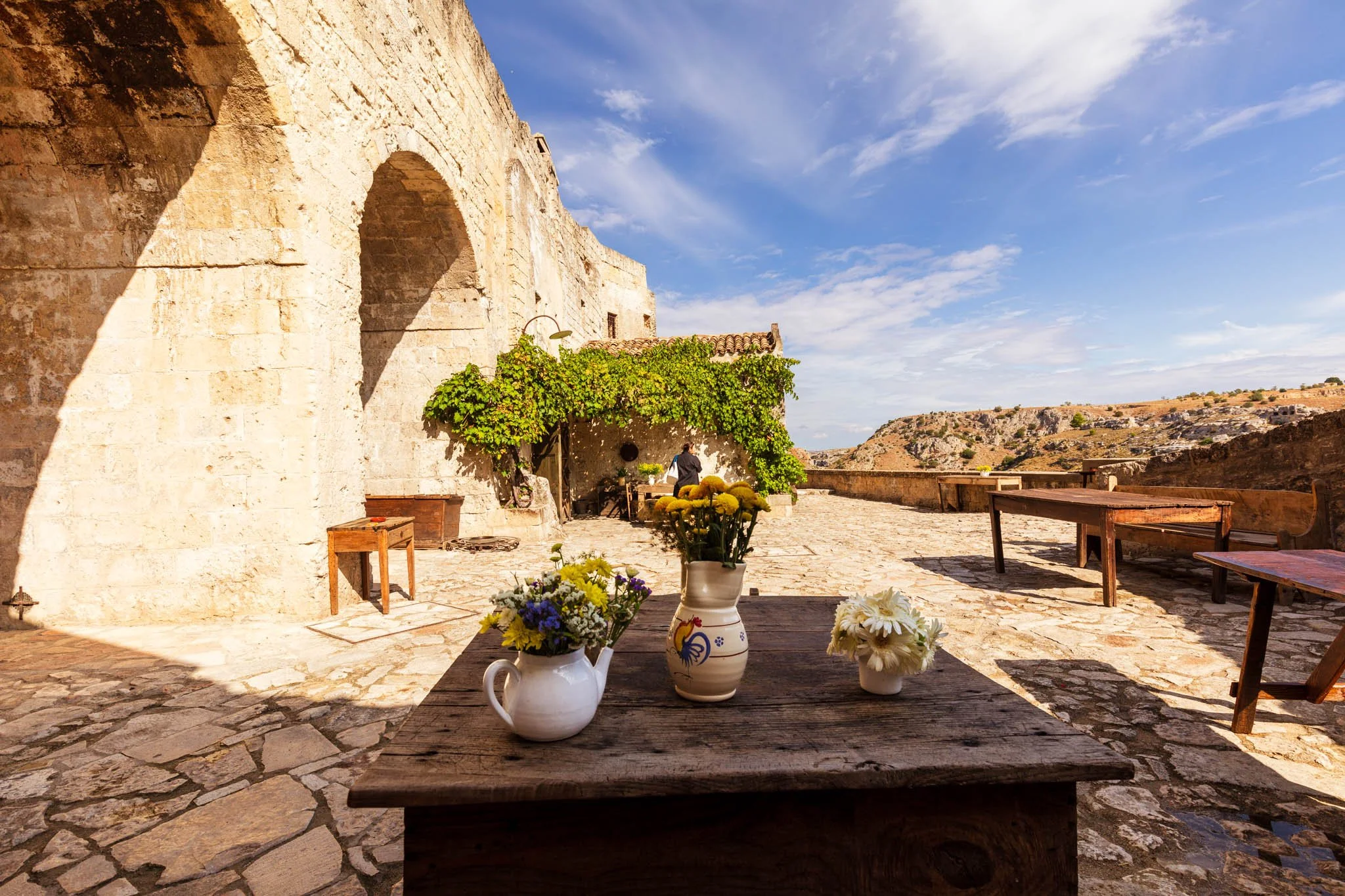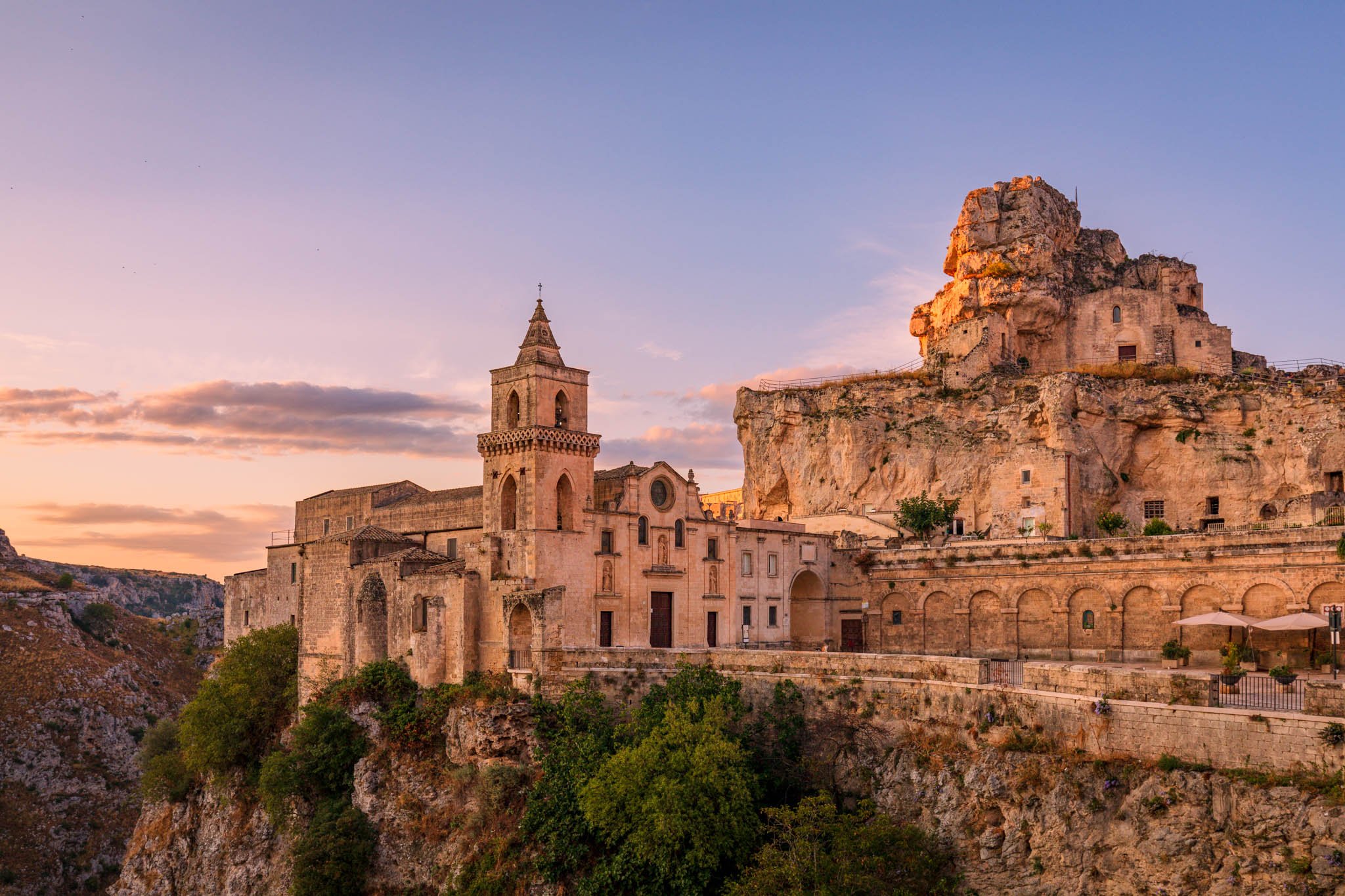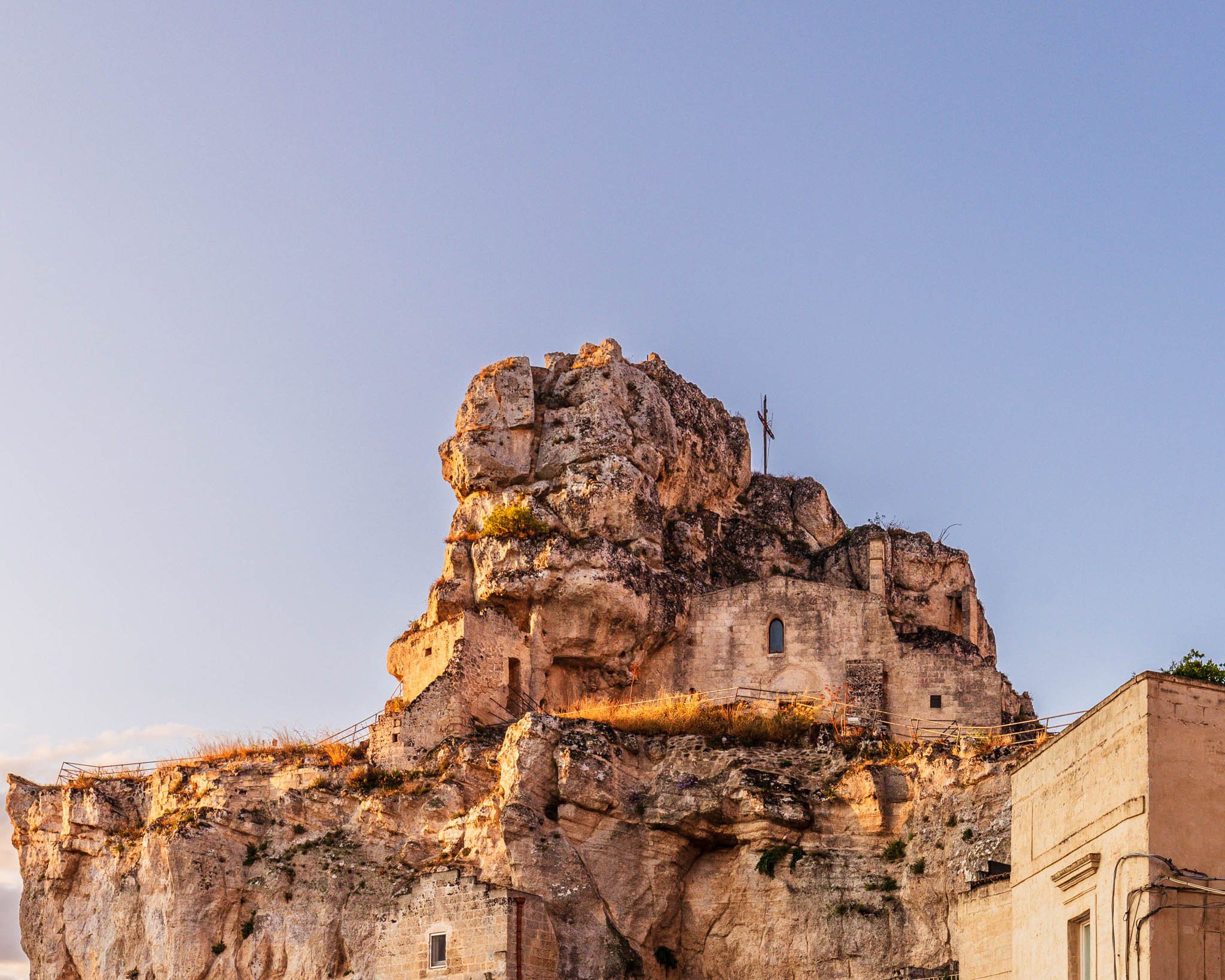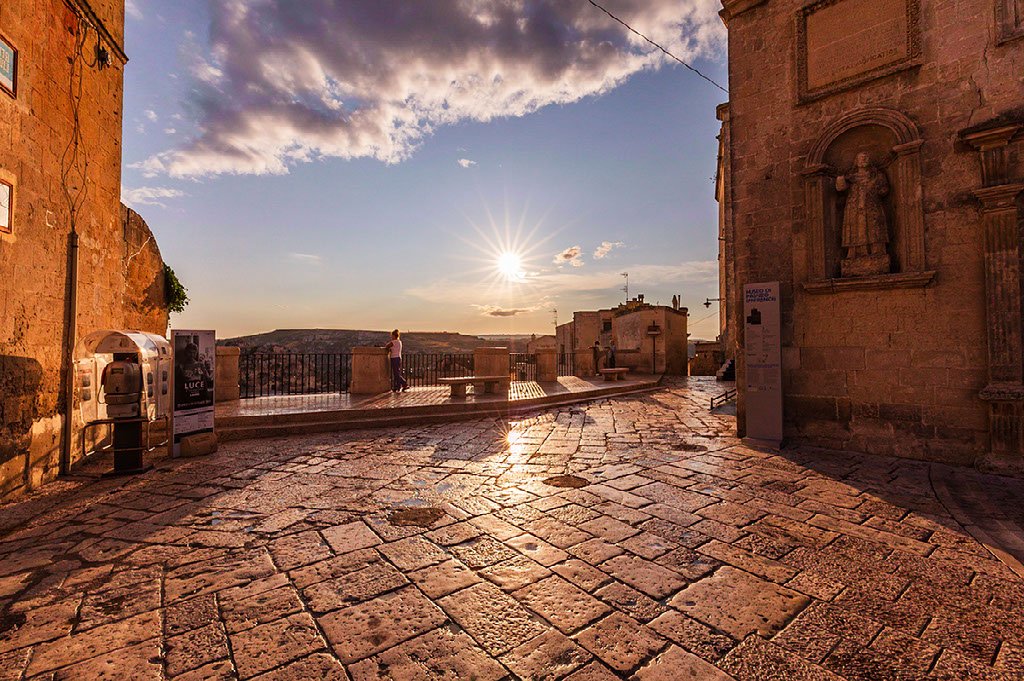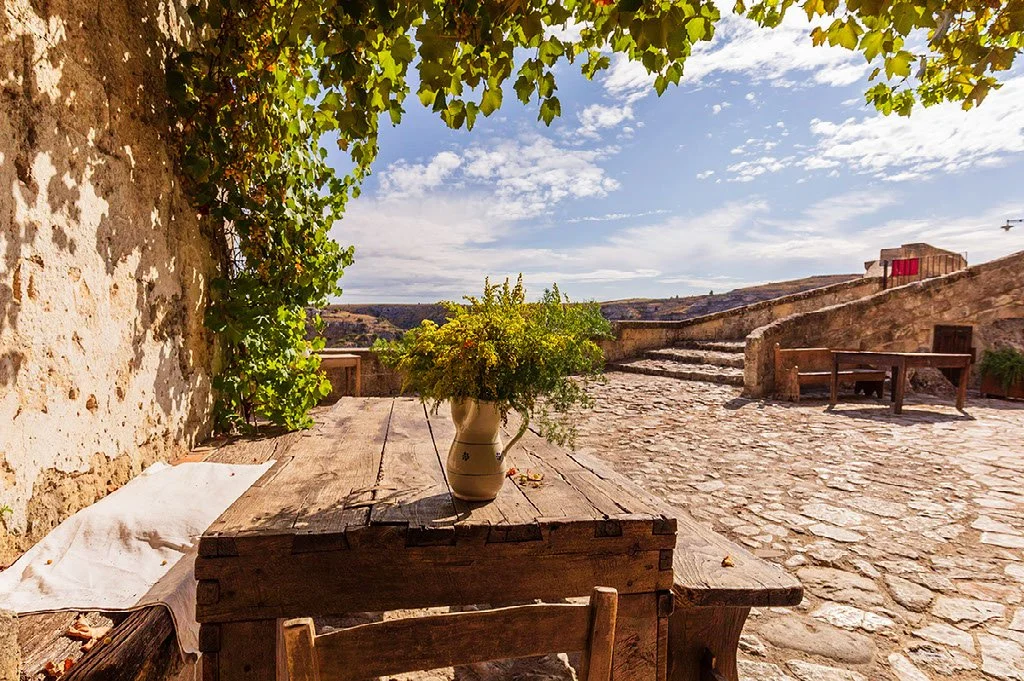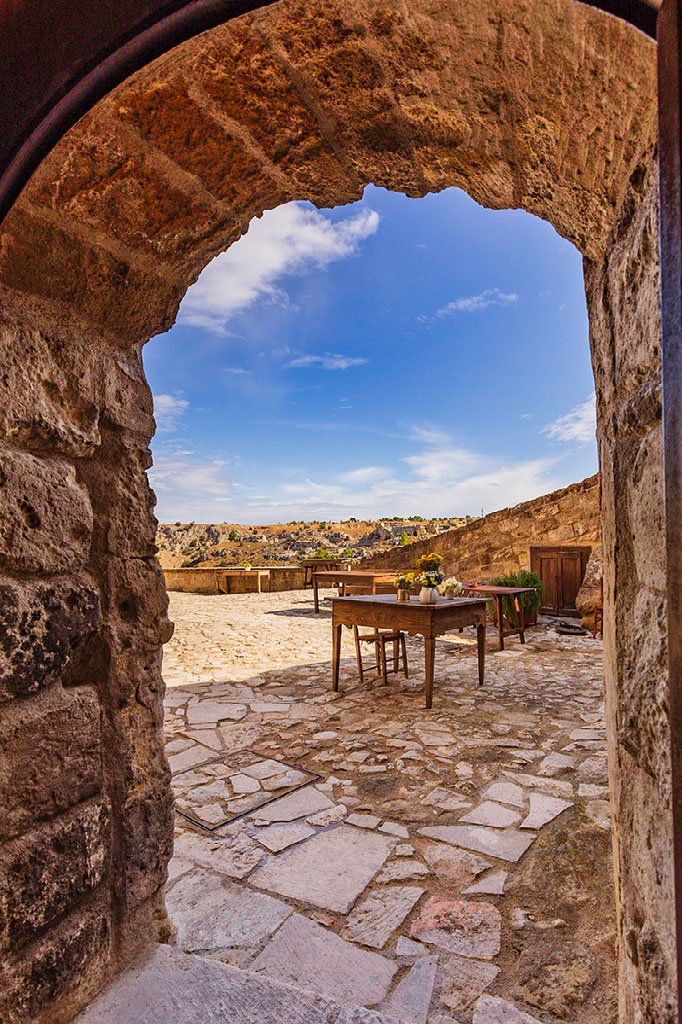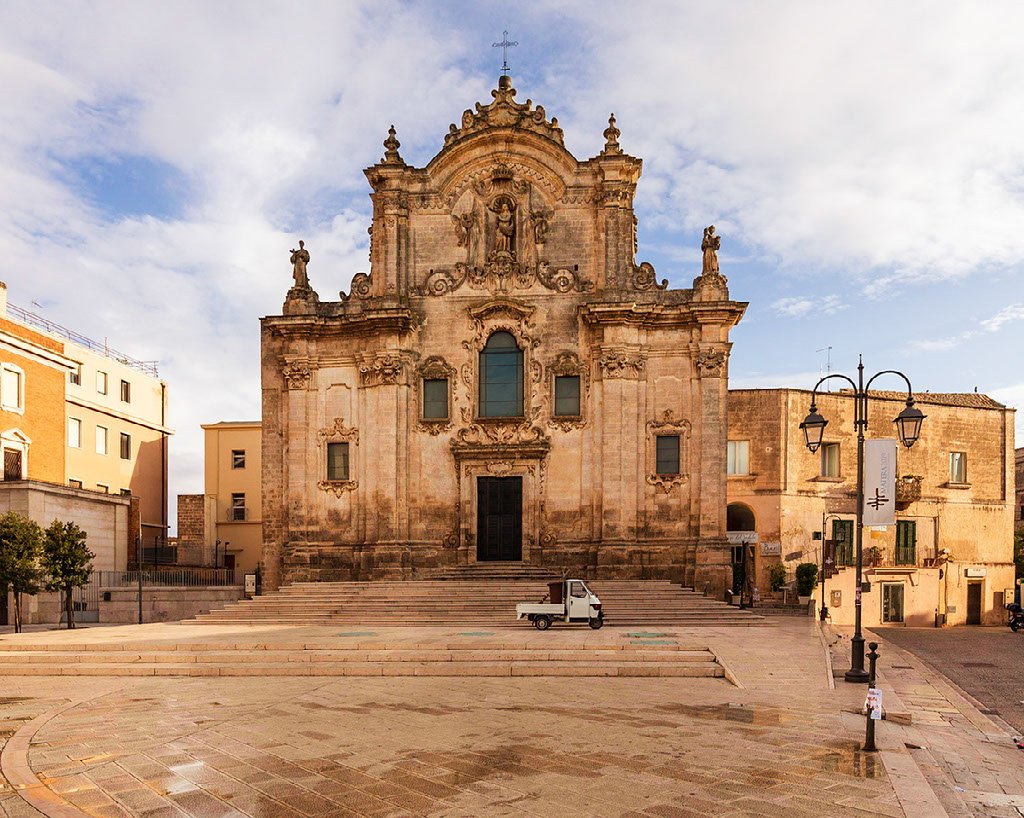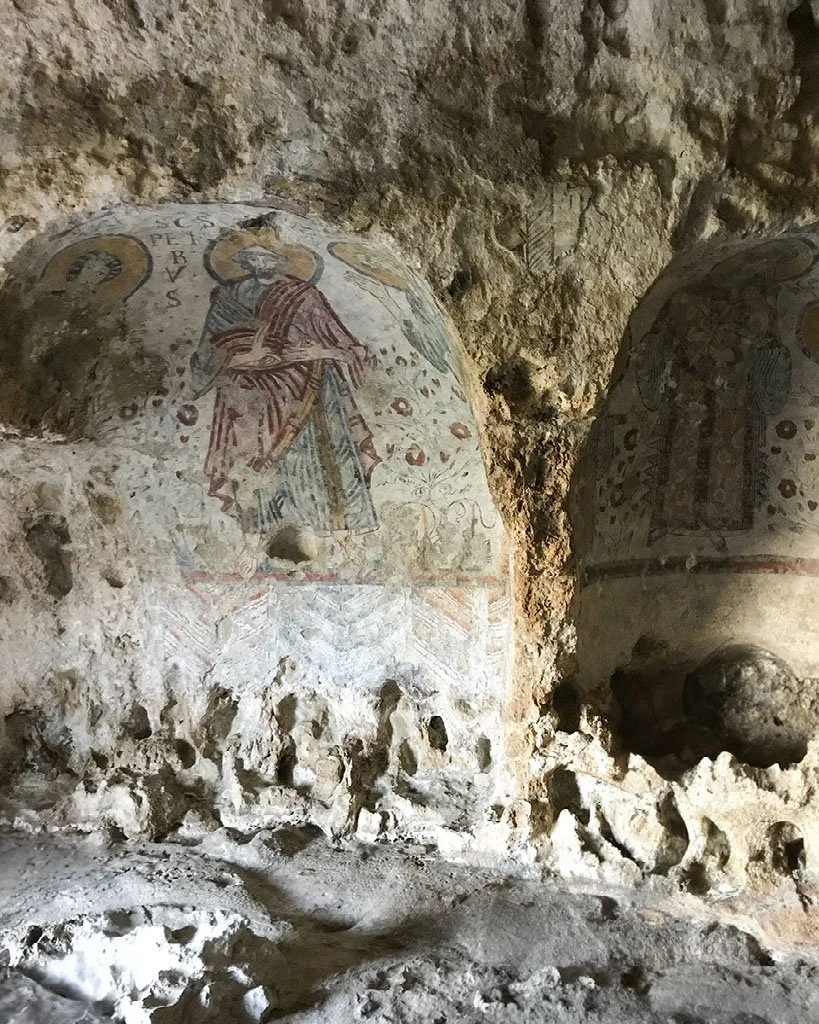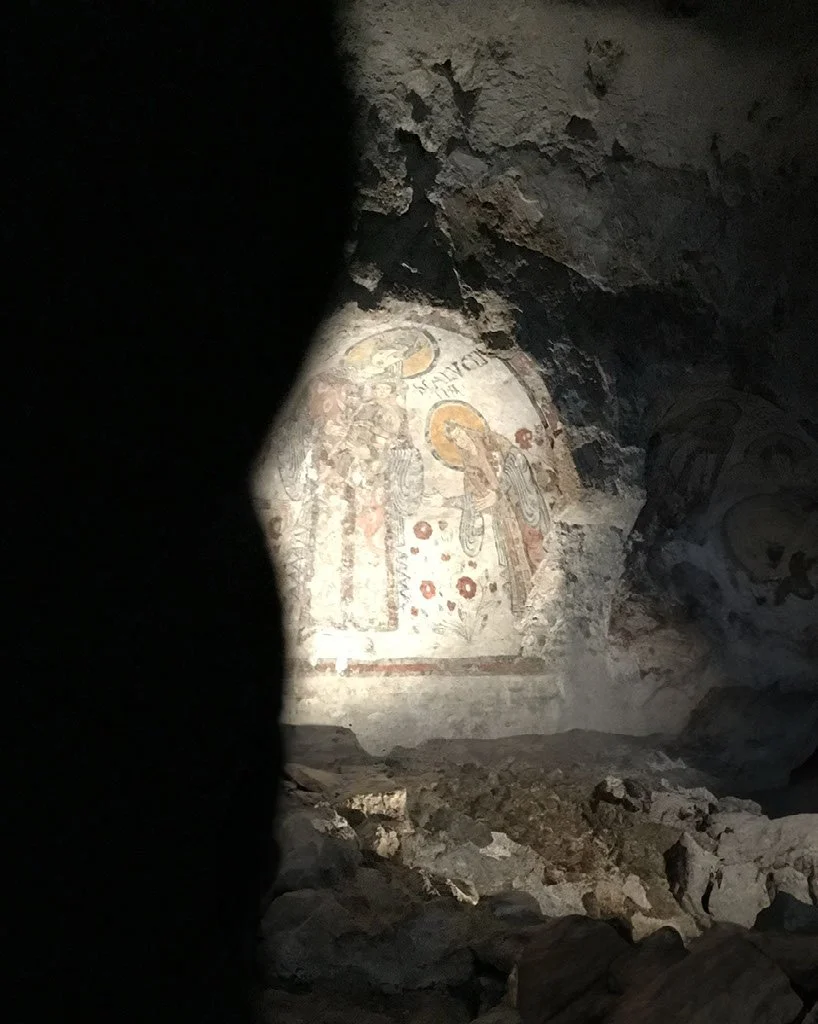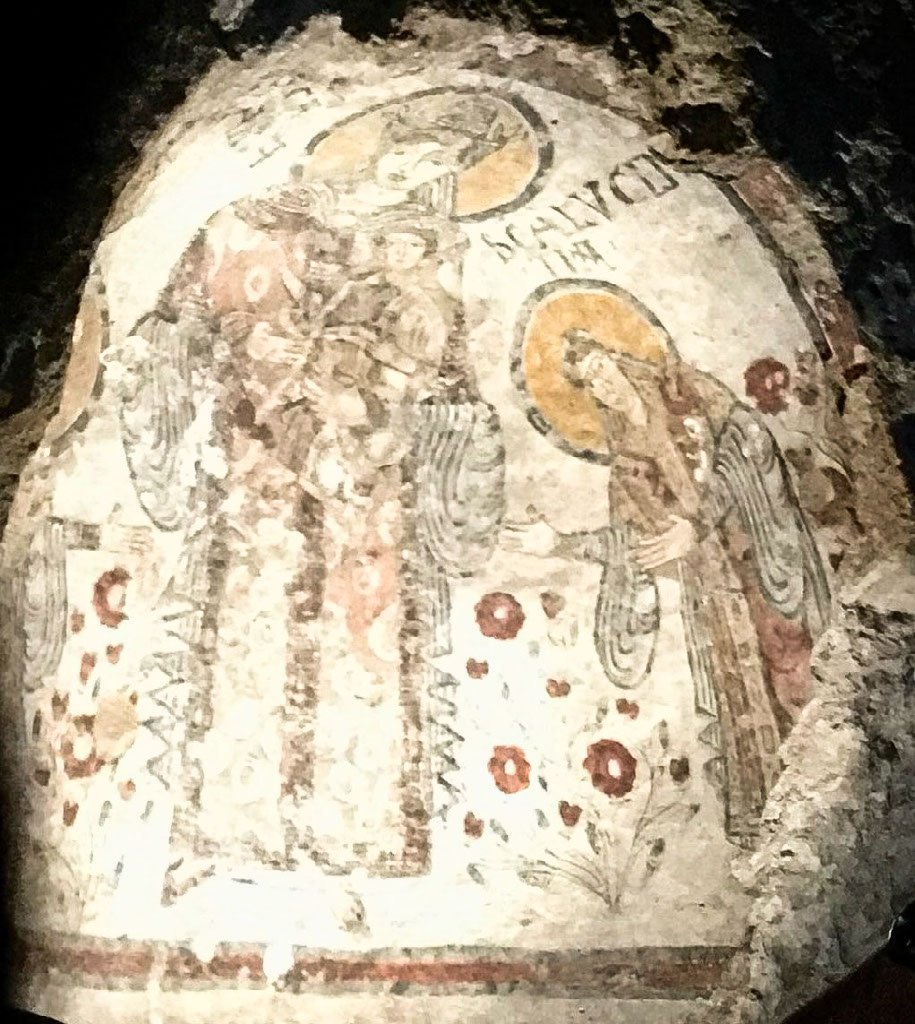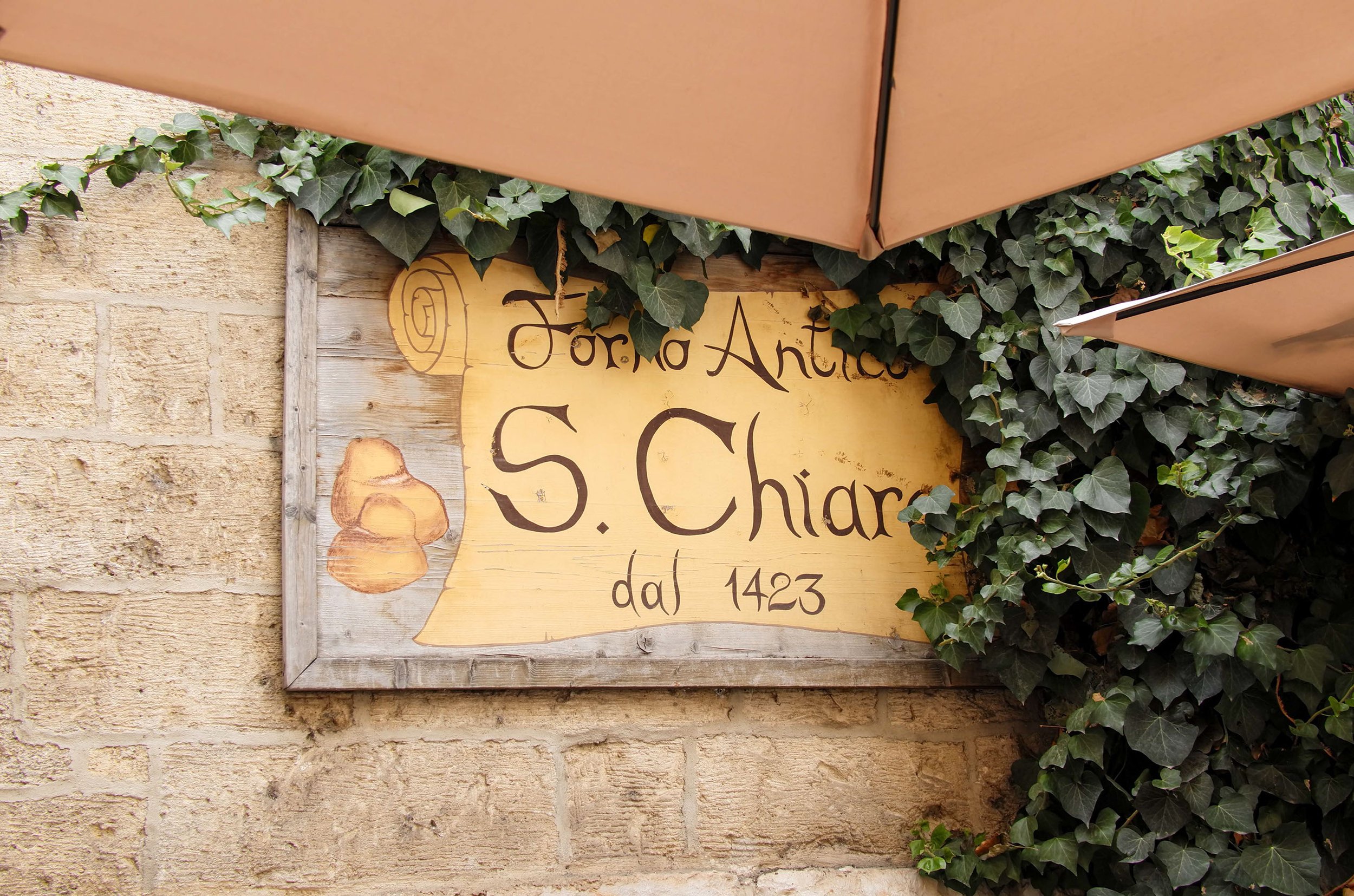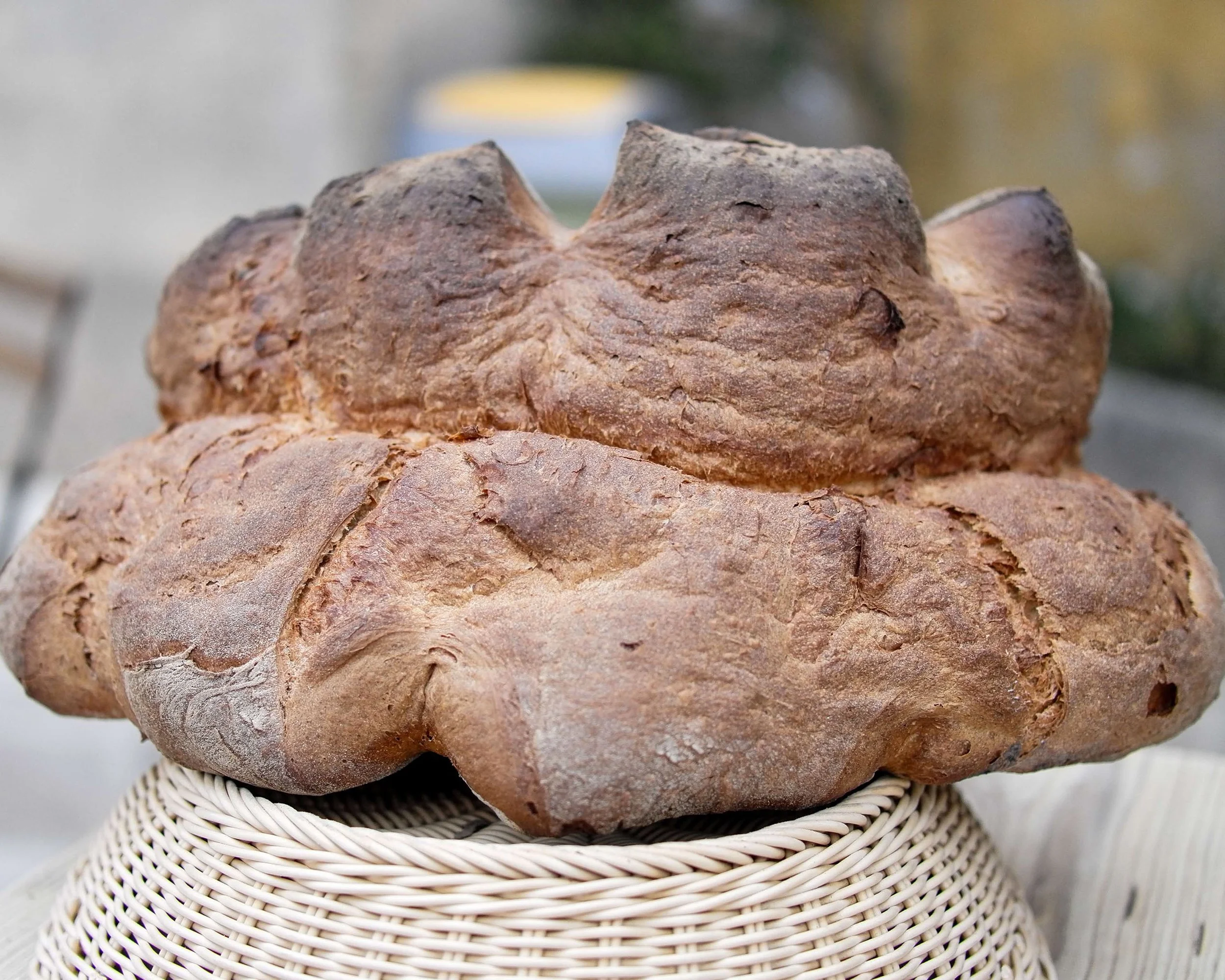My Photography & Travel Guide to Matera, Italy
Why You Should Visit Matera, Italy?
Have you heard of Matera, the city of Sassi, and a UNESCO World Heritage Site? Matera is a beautiful small town located in the southern region of Basilicata, Italy.
Matera is also known as the city of Sassi (Italian for the “stones”) or caves. Carved into the rock, Matera is made up of a network of caves inhabited since the Paleolithic era.
Until recently, it was not a very popular place to visit unless you lived in Puglia. Yet, Matera is one of the most unique and fascinating places to visit in Italy or anywhere in the world.
Matera's rich history dates back thousands of years, making it one of the oldest continuously inhabited cities in the world.
Matera's rich history dates back thousands of years, making it one of the oldest continuously inhabited cities in the world.
The Miracle of Matera - From Poverty to Unesco World Heritage
I do not usually discuss the history of a city when I write my Photography & Travel Guides but what happened in Matera is so shocking that it's important to tell the story.
The transformation of Matera is truly a miracle. Did you know that no one was permitted to live in the city from 1950 to 1986? All the inhabitants were forced to move out by the Italian government. So basically the city was completely abandoned city for almost 40 years!!
Matera has transformed itself from "the shame of Italy" into a breathtakingly beautiful city that draws more than 600,000 visitors each year. It was not always like this. When I used to visit as a child, I remember that the city seemed abandoned and neglected. As a child, I never really thought about why that was the case. It was not until I visited as an adult and read about the history of Matera that I understood what happened.
So what happened?
About 15,000 people, mostly peasants and farmers, lived in the caves until the late 1940s. The living conditions were abysmal: damp dwellings with no natural light, ventilation, running water, or electricity. Disease, particularly malaria, cholera, and typhoid, was rampant. Remember, we are talking about a city in Italy!
The extent of the horrific conditions only came to international attention after Carlo Levi, a writer, was exiled by Benito Mussolini’s fascist regime to a town close to Matera in 1935. In his book, Christ Stopped at Eboli, published in 1945, Levi described the horror he witnessed – the paltry furniture, children either naked or in rags, bodies ravaged by disease – and concluded:
“I have never seen in all my life such a picture of poverty.”
After Levi's book was published, the prime minister of Italy, Alcide De Gasperi, visited in 1950 and described the slums as “a national disgrace.” His visit forced the government to take drastic steps that set in motion a chain of events that had a swift and dramatic impact on the city and its residents. Gasperi put together what was initially considered an ill-conceived plan to evacuate all the inhabitants and move them to newly built homes in the outer areas of the city.
So Matera, for 40 years, the city was completely abandoned, and no one lived there. Then, in the mid-1980s, there was a competition to decide what to do with the city. The winning idea was to bring the caves back to life, and in 1986, a law was passed that would allow people to move back into Matera.
The government encouraged Sassi’s revival by subsidizing restoration work. Artisans moved in, setting up workshops, while bars, restaurants, and boutique hotels began to spring up. The Unesco designation in 1993 and the filming there of The Passion of the Christ, starring Mel Gibson in 2004, helped to put Matera on the map, but tourism only really took off after 2014, when the city won its bid to become the European capital of culture for 2019.
Then, in 2021, a James Bond movie, No Time to Die, was filmed. The city's popularity skyrocketed in Matera. The movie begins with Daniel Craig staying in a hotel suite (Hotel Sextantio Le Grotte della Civita) in a cave. Of course, being a trendsetter (tongue-in-cheek), I stayed here before the film was released.
So it really is a miracle that Matera is now such a popular city attracting people from all over the world.
Where is Matera located?
Let's begin with understanding where Matera is located. Matera is located about 65 km or 1 hour by car from Bari. The easiest way to get there is by car, but of course, you can take trains or busses as well.
If you are arriving by car, you need to pay attention to the ZTL zones that are found in the "Centro Storico" portion of most cities in Italy. The ZTL zone is a (limited traffic zone) where you are not allowed to enter by car unless you are staying at a hotel within the zone. If you drive into the ZTL zone, you will get a traffic fine. So, it is important to know where you can park and if your hotel allows you to drive into the ZTL area.
The view from our hotel was outstanding
The Sassi of Matera
What makes Matera special is the Sassi di Matera. Sassi, "rocks in Italian", are cave dwellings that are dug into the rock and are most likely the first human settlements in Italy. They were the first 'homes' of Matera's inhabitants, which are thought to be as early as 7000 BC. Over time, these small caverns, which housed humans and livestock, were built on top of each other, creating an intricate network of homes.
Many of these caves have been beautifully restored and transformed into hotels, restaurants, and shops.
Our room in a cave
Exploring the maze of the Sassi di Matera is like stepping into an ancient civilization. The unique architecture, with its honey-colored stone buildings piled on top of each other, creates a stunning sight that seems straight out of a fairytale. The sheer beauty of the Sassi, especially when illuminated at night, immerses visitors in an ethereal atmosphere that is simply unforgettable.
How long should you stay?
Matera is a small city, so 1-2 nights are the perfect amount of time to be able to explore the city without a rush. However, you could also just take a day trip if you are staying somewhere close by in Puglia.
The Duomo
Where to Stay?
Many of the previously abandoned caves have, over the last few years, been converted into stunning boutique hotels. Staying in one adds to the magical experience of visiting the city.
I have usually taken day trips to Matera. However, I have also stayed in Matera a few times, and these are the hotels I can recommend:
The "cave" hotel rooms have every modern amenity you could desire, including Air Conditioning and Wifi. They are very luxurious.
Photography
The best thing to do in Matera is wander and get lost. Roam through the narrow alleyways, up and down uneven stone staircases, discovering dead ends and tiny courtyards decorated with flower pots, cave churches, and expansive views of the Sassi.
Belvedere di Piazza Giovanni Pascoli –
My favorite viewpoint looks down into the Sassi with views of the Duomo’s bell tower, the rock church, and the ravine.
Piazza San Pietro Caveoso –
Next to the Church of San Pietro e Paolo is a beautiful view down into the ravine. Walk further along the road here to look back at the rock church.
Visit Cave Churches -
One of the best things to see in Matera is the many chiese rupestre, churches that have been carved out of the soft rock. Many of them contain ancient frescoes.
Santa Maria di Idris
The most famous cave church is Santa Maria di Idris with its dramatic location built into a huge rock on the edge of the ravine. It’s a distinctive sight from viewpoints throughout the city.
If you only have time for one Matera Rock church, make it this one. It’s most impressive from the outside, but inside there are two small cave chapels featuring frescos from the 12th century.
The Ravines of Matera
One Thing Not To Miss - Cripta Del Peccato Originale
One thing I recommend is to visit the Cripta Del Peccato Originale. The Crypt was discovered in 1963 by a group of kids who found the cave with incredible frescoes.
The Crypt of the Original Sin is located under a highway just outside of Matera. This 8th-century natural cave church, commonly known as ‘the Sistine Chapel of rupestrian art’ has some of Italy’s oldest Christian images outside of Rome’s catacombs
When you arrive at this location, you will think, "There is no way this is going to be interesting." But it's amazing!!
You must buy tickets in advance because it's a very small space and has become quite popular.
The Famous Bread of Altamura
Have you heard about the bread of Altramura? This bread has been sought-after since the time of the Roman Empire:
“Altamura bread, by far the best bread to be had, so good that the wise traveler takes a supply with him for his onward journey.” Horace’s Satires, 37 BC
On your way to Matera, or as you leave, make sure to stop in Altamura. It is a small town located about 20 minutes from Matera. In Altamura, they make a very unique and special kind of bread called Pane di Altamura DOP. It is truly something you do not want to miss!!
Forno Antico S. Chiara
The European Union granted, in 2003, the bread a P.D.O. (protected designation of origin) to describe the strict recipe that only a few bakeries follow. The bread is made using re-milled durum wheat flour, naturally leavened with a sourdough that has risen three times and baked in a wood-fired oven.
The Bread of Altamura
A wonderful place to stop for lunch and try the Altamura bread is a restaurant & bakery called Forno Antico S. Chiara, via Ambrogio del Giudice 2. The bakery has been in the same location since 1423. That was before America was discovered!! That's just incredible.
They have an outdoor seating area where you can order pasta, sandwiches, focaccia, and delicious fresh cheeses.
Don’t Miss Matera if you are in Puglia
Yes, Matera is absolutely worth visiting! Matera is truly a gem—it is located in a spectacular setting, has a fascinating history, and excellent cuisine. It's so unique! Do not miss going if you have the chance.
The Smithsonian Magazine wrote a very interesting story about Matera "How Matera Went From Ancient Civilization to Slum to a Hidden Gem."
If you enjoyed this Travel & Photography Guide, you can find additional guides on this link.
